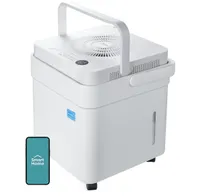Why are the inside of my window panes fogging up? Glazing experts reveal all
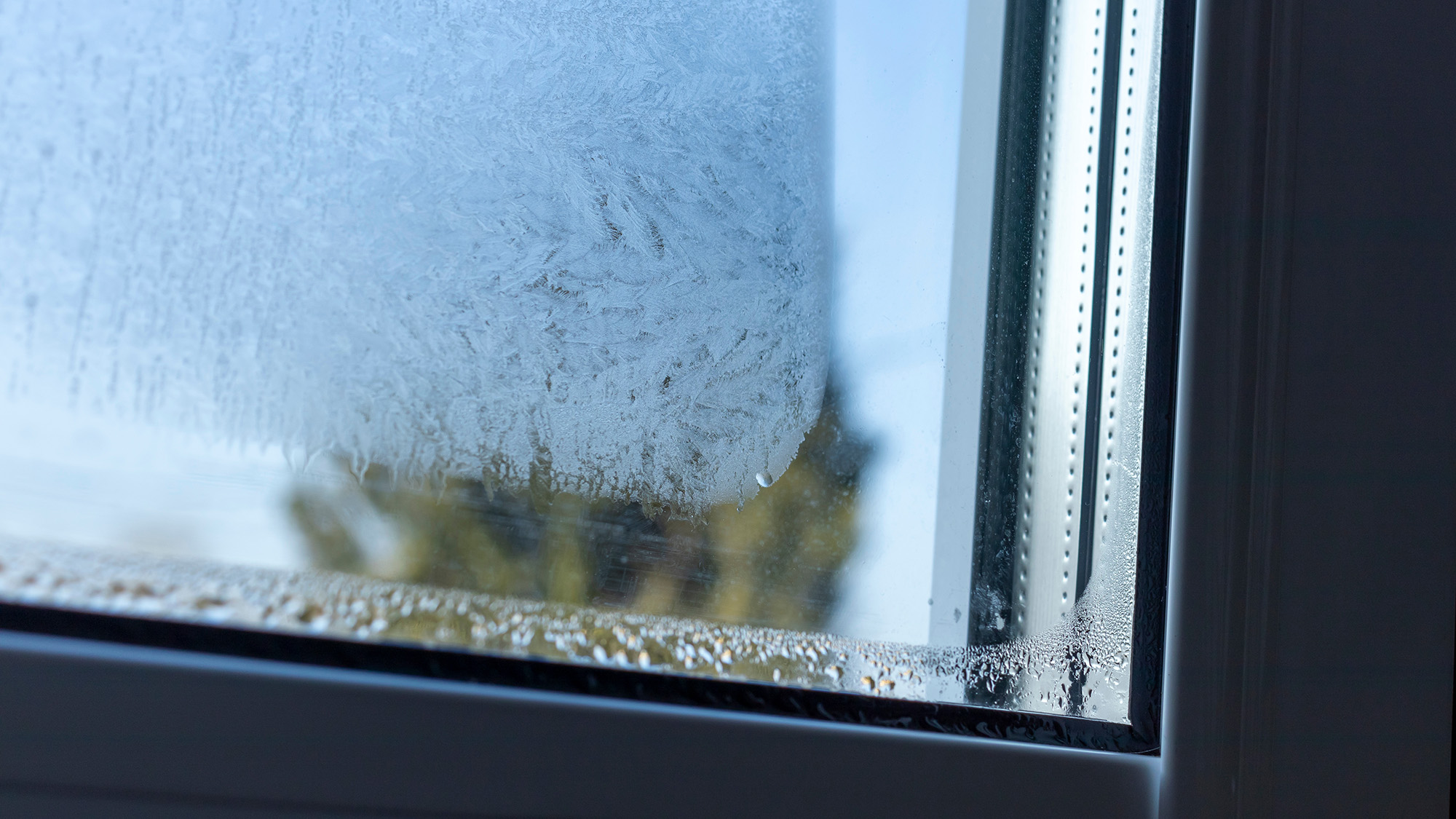
Condensation is a cold-weather problem you notice as soon as the temperature drops. My home is prone to condensation on the inside of my single-pane windows, which also encourages mold. But condensation can also be a concern when it occurs between double- or triple-glazed panes.
While condensation on the interior of window panes is caused when warm air hits a cold surface and condenses — here are 9 ways to get rid of condensation — it’s a slightly different issue when you spot condensation between panes. So, to understand why it happens and how to put it right, I called on the expertise of glazing professionals.
What causes condensation between window panes?
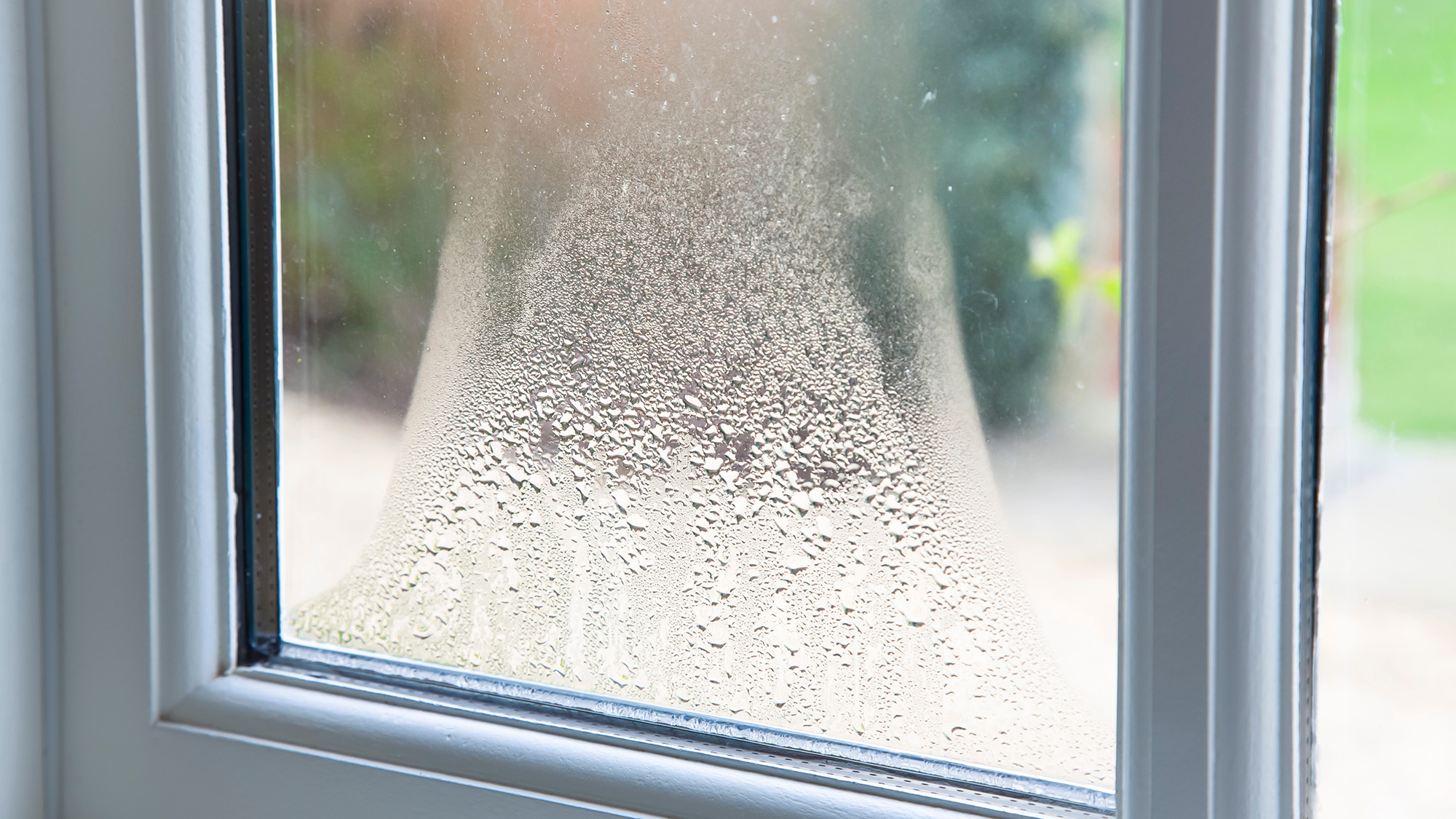
Although condensation on the interior of windows can be solved by using one of the best dehumidifiers to reduce moisture in your home, when you discover moisture between the panes of glazing, it’s another matter.
“Double or triple-pane windows are supposed to be efficient and airtight,” says Jake Zahnow, owner at WindowPRO, “If condensation still shows up between panes, something is wrong.”
Window pane condensation is almost always due to a failing seal which allows moisture entry into the space between insulated glass panes
Wes True, Pella Windows & Doors of Omaha and Lincoln
Unfortunately, it’s an issue with your window. “Window pane condensation is almost always due to a failing seal which allows moisture entry into the space between insulated glass panes,” explains Wes True, general and operations manager at Pella Windows & Doors of Omaha and Lincoln. “As the window loses its energy efficiency, so does the inert gas (such as argon) that was pumped in and replaced the humid air within it.”
And there are three reasons why the seal degenerates. “It can occur through poor installation, aging, and manufacturing defects,” says Paul Dashevsky, Co-CEO at GreatBuildz.
Can you fix the problem?
Unlike removing condensation from the outside of your window panes, once moisture has entered inside, there’s not much you can do.
Get instant access to breaking news, the hottest reviews, great deals and helpful tips.
You can’t ‘wipe away’ or ‘reseal’ the condensation yourself — once a seal has failed, that insulating gas inside the window is lost, and it’s also no longer energy efficient
Dashevsky, GreatBuildz
“Unfortunately, the moisture won’t evaporate, because it’s actually trapped between two panes of glass in a sealed unit,” says True.
So can you rescue your windows?
“You can’t ‘wipe away’ or ‘reseal’ the condensation yourself — once a seal has failed, that insulating gas inside the window is lost, and it’s also no longer energy efficient,” says Dashevsky.
What is the best solution?
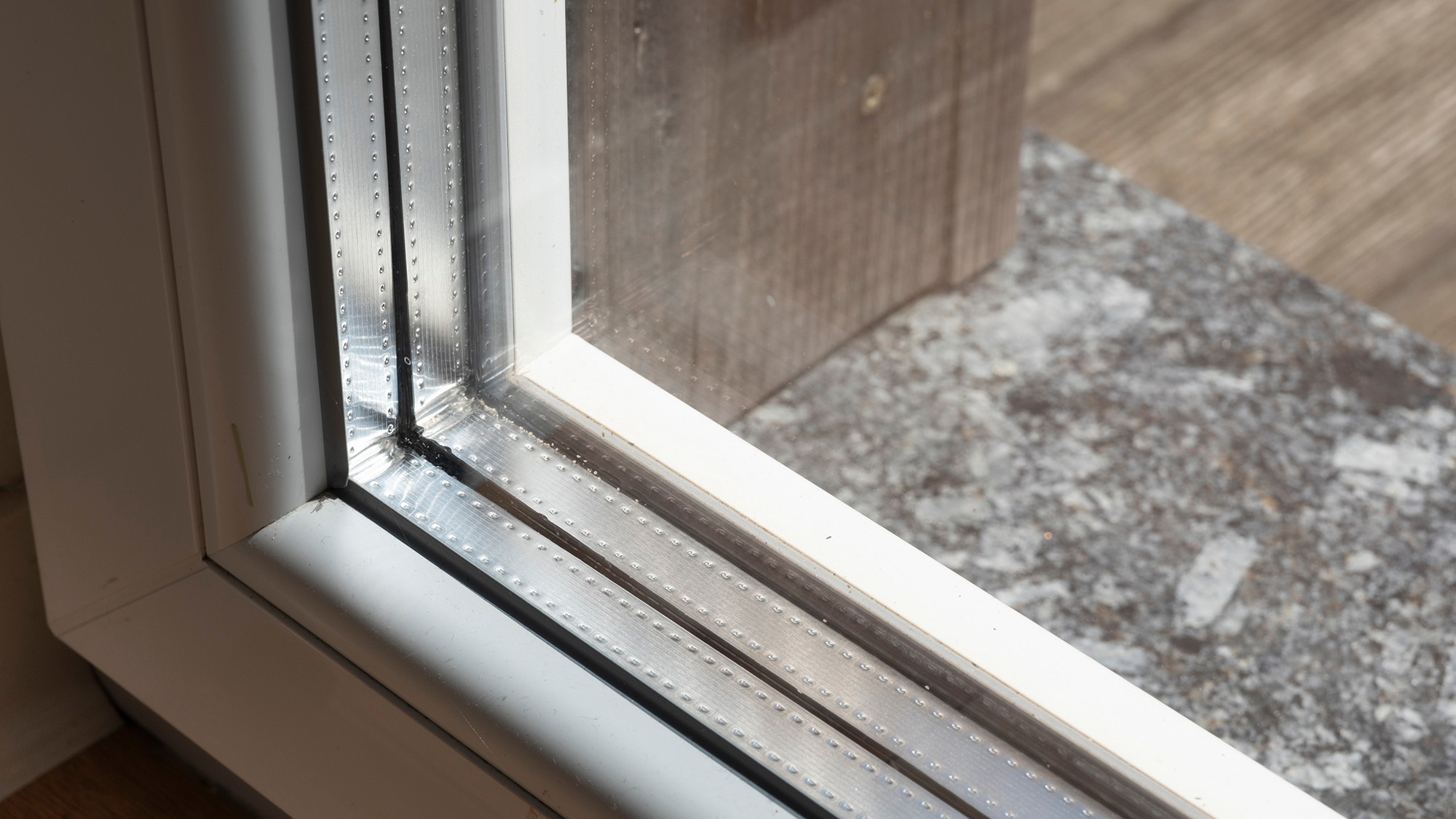
In most cases, True says that the only real cure is to replace the insulated glass unit, which is some compensation compared to replacing the glass unit and frame.
You could take the DIY route with a sealant kit, but he says, “They do little to restore energy efficiency or clarity for any sustained period of time.”
Dashevsky also adds that some companies offer a defogging service that temporarily removes moisture, but it won’t restore the insulation properties.
We awarded the Midea Cube our best budget pick in our dehumidifier buying guide. In our full review, we noted its clever nesting design, which makes it easy to store. It's also quiet and works fast to remove high levels of humidity.
Don’t do it yourself
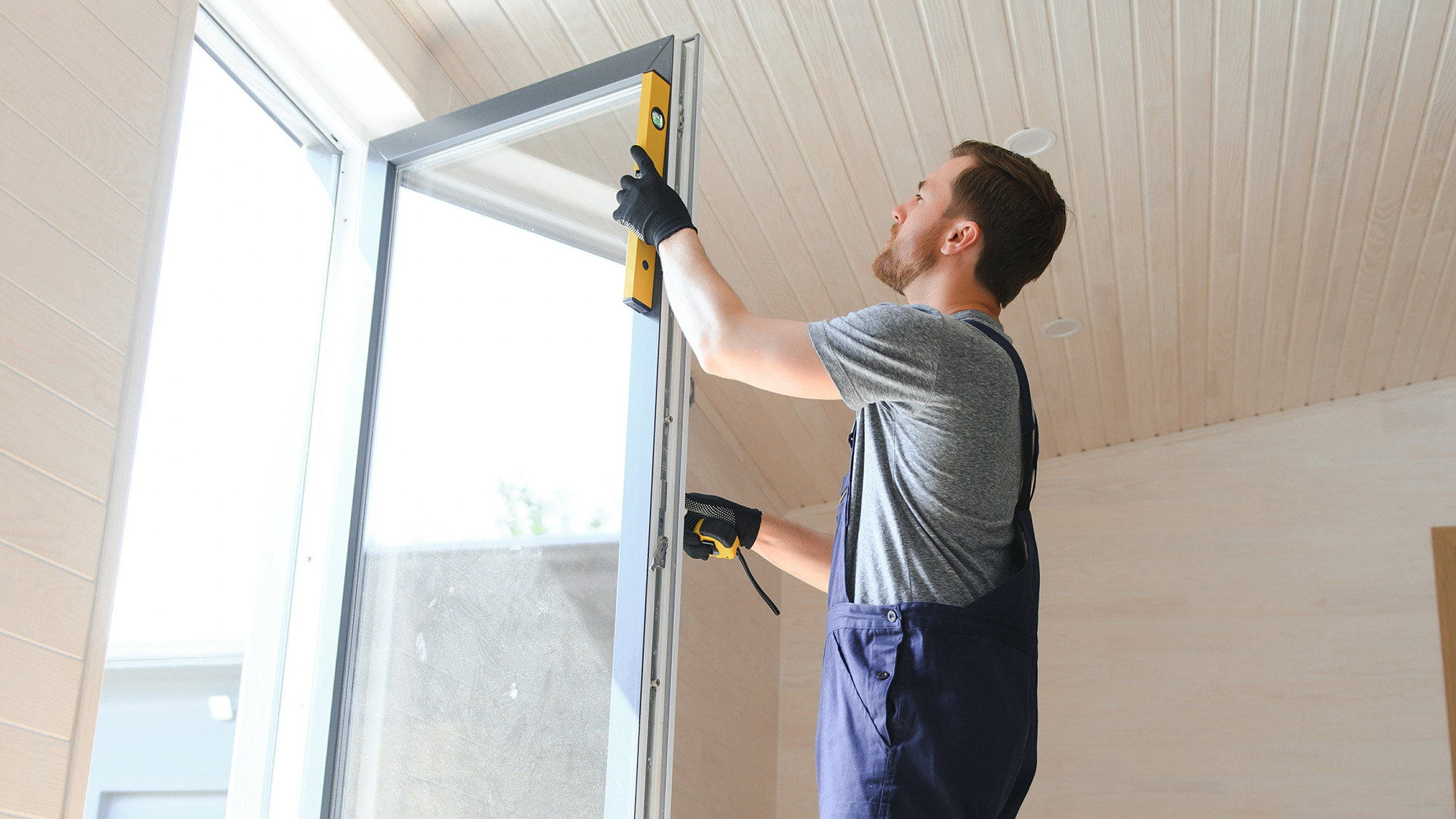
The experts' overriding advice is to call in a professional to replace the glazing unit. “This requires the removal of the broken IGU unit, sealing it properly, and making sure that there are no gaps left, which can prove difficult without experience or the necessary equipment,” says Dashevsky.
Although the price will vary by window type and size, replacing an insulating glazing unit will cost less than installing a whole new window and frame.
Check your warranty
Before calling a professional to replace your insulated glass unit, check your warranty, as seal failures are often covered by the manufacturer for a certain period.
Follow Tom's Guide on Google News and add us as a preferred source to get our up-to-date news, analysis, and reviews in your feeds. Make sure to click the Follow button!
More from Tom's Guide
- 5 tell-tale signs that you need a dehumidifier right now
- 7 things you should know before buying a dehumidifier
- This weird kitty litter trick might just be the cheapest way to reduce dampness and condensation

Camilla is the Homes Staff Writer and covers everything to do with homes and gardens. She has a wealth of editorial experience, mounting over 30 years, and covers news and features, tests products for reviews and compiles buying guides.
Her work has appeared in business and consumer titles, including Ideal Home, Real Homes, House Beautiful, Homebuilding & Renovation, and Kitchen & Bathroom Business. She’s even appeared on the cover of Your Home, writing about her own house renovation.
Although she’s obsessed with decorating her home, she also enjoys baking and trying out the latest kitchen appliances. But when she’s not inside, you’ll find her pottering about in her yard, tending to her vegetable patch or taking in her prized hydrangeas.
You must confirm your public display name before commenting
Please logout and then login again, you will then be prompted to enter your display name.
